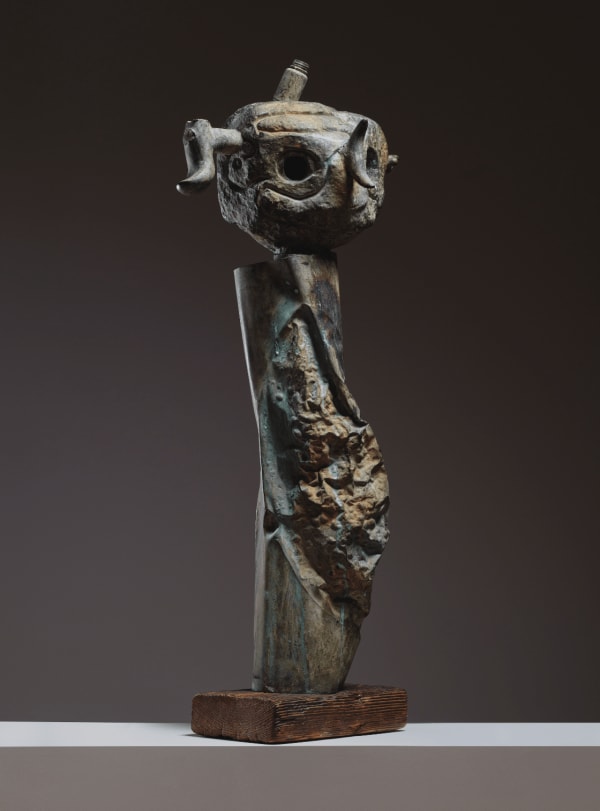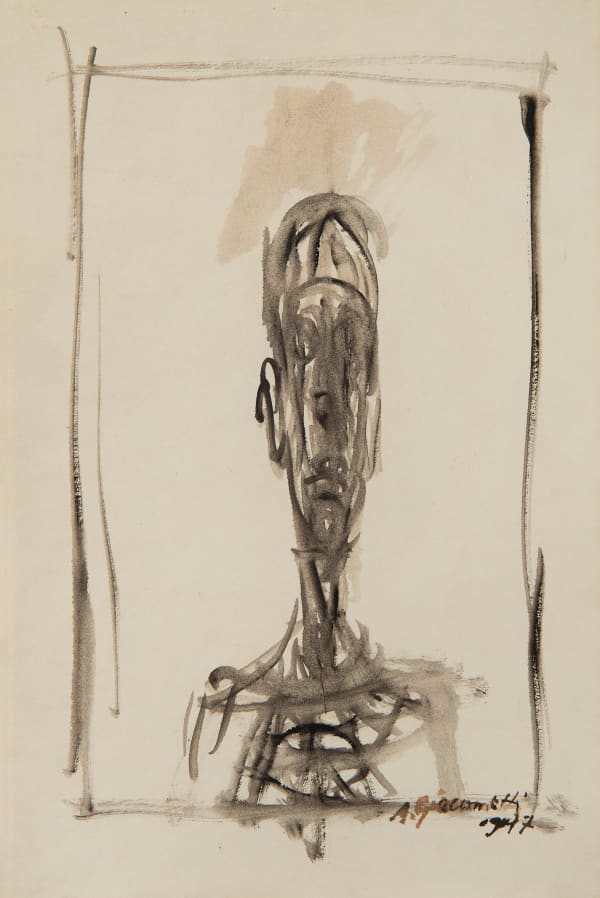JOAN MIRO 1893-1983
Joan Miró is a Surrealist artist, whose works are exhibited at the HELENE BAILLY gallery.
Joan Miró, born in Barcelona, Spain, in 1893, began with business studies in 1907 but he quickly let down in order to integrate Fine Arts School named La Llotja. In 1911, he entered the Art School run by the baroque architect Francisco Galli, in Barcelona, Spain. His desire to be a painter was then confirmed. He also attended Cercle Artístic de Sant Lluc. Miró discovered modern painting when he visited the Dalmau Gallery in Barcelona, Spain, which exhibited impressionist, fauvist and cubist canvases.
Dalmau Galleries of Barcelona organized the first individual exhibition dedicated to Joan Miró in 1918. The exhibition brought landscapes, still lives, and portrays together. The artist was inspired by French postimpressionism, fauvism and cubism to realize his first paintings.
In the early 1920s, he settled in Paris, France. In 1921, his first Parisian exhibition took place at the Licorne Gallery. Here was the end of the period termed "realist" of the artist. From 1921 to 1922, Miró worked on his painting named La Ferme, which was his main artwork of the "detailed" period. All the elements were examined in the finest detail, in what we called the "Mirónian calligraphy".
In 1925, the Pierre Gallery set up a collective exhibition called "Surrealist painting" where Miró presented Carnaval d'Arlequin, canvas considered as totally surrealist and enjoyed a great success.
From 1930s, the artist slowly kept his distance from the surrealist group because members disagreed in terms of art and politic. Then, Miró unveiled, at the Pierre Gallery, his first collages in which Aragon wrote the prefaces. He appropriated the collage in his own way by letting the pieces overflow from the support and uniting them by graphics, this method was opposite to the Cubists' one. He also started to interest in sculpture in 1930.
In 1943, Miró produced a 50 lithography series named Barcelona. This work is a liberation symbol for the artist who decided to paint again on canvases after stopping for four years.
When World War II was over, the artist worked towards engraving, ceramic, and modeling, not forgetting sculpture.
Until he died, Miró's art was requested for different events. In 1969, his engravings were exhibited in Geneva, Switzerland, at the Gérald Cramer Gallery. In 1974, national Galleries of the Grand Palais in Paris, France, organized a great exhibition to celebrate his 80th anniversary. In 1980, he awarded Gold Medal of Merit in the Fine Arts by the Ministry of Culture of Spain.
Joan Miró died in December 1983, when he was 90, in Palma de Majorca, Spain.




